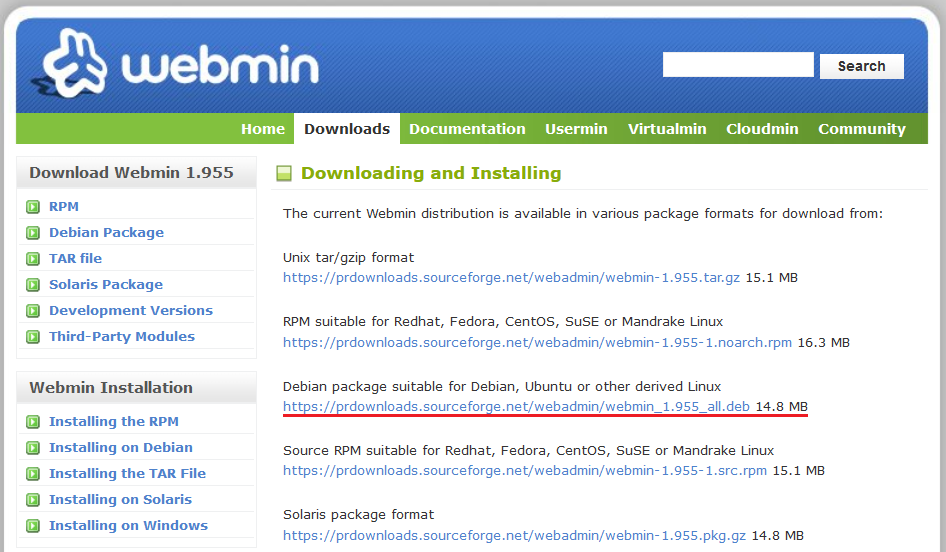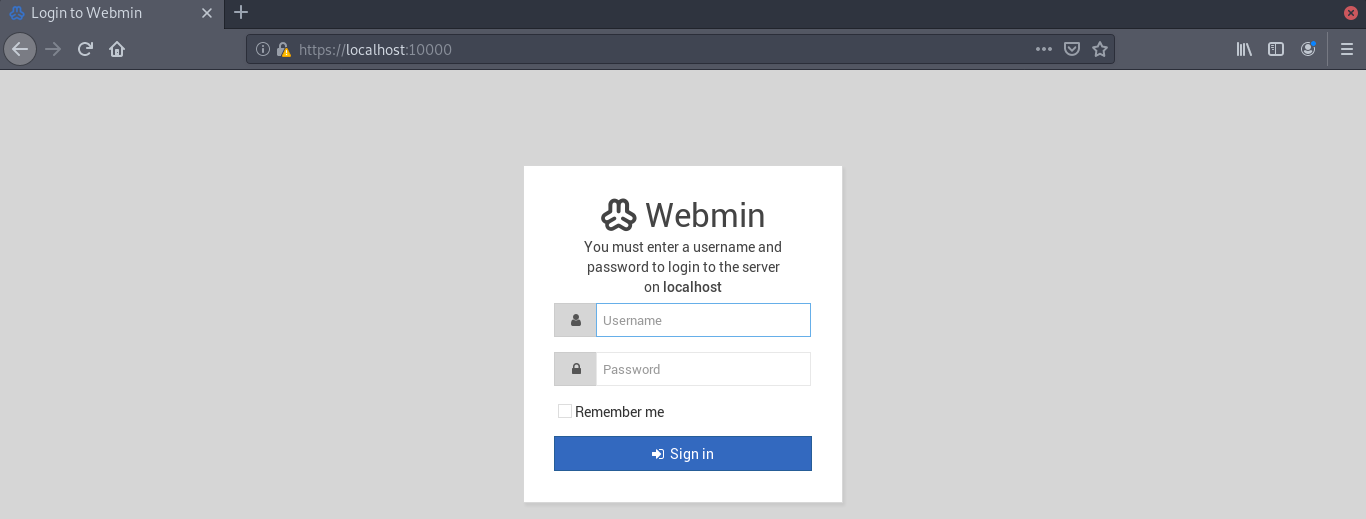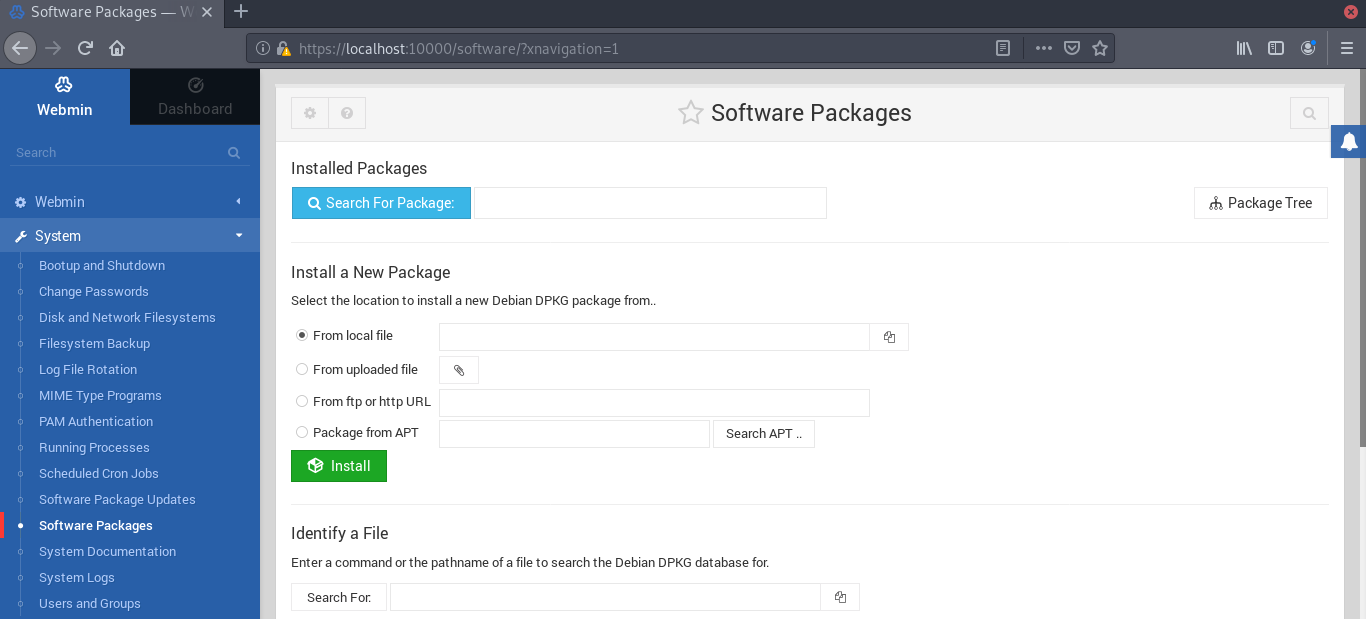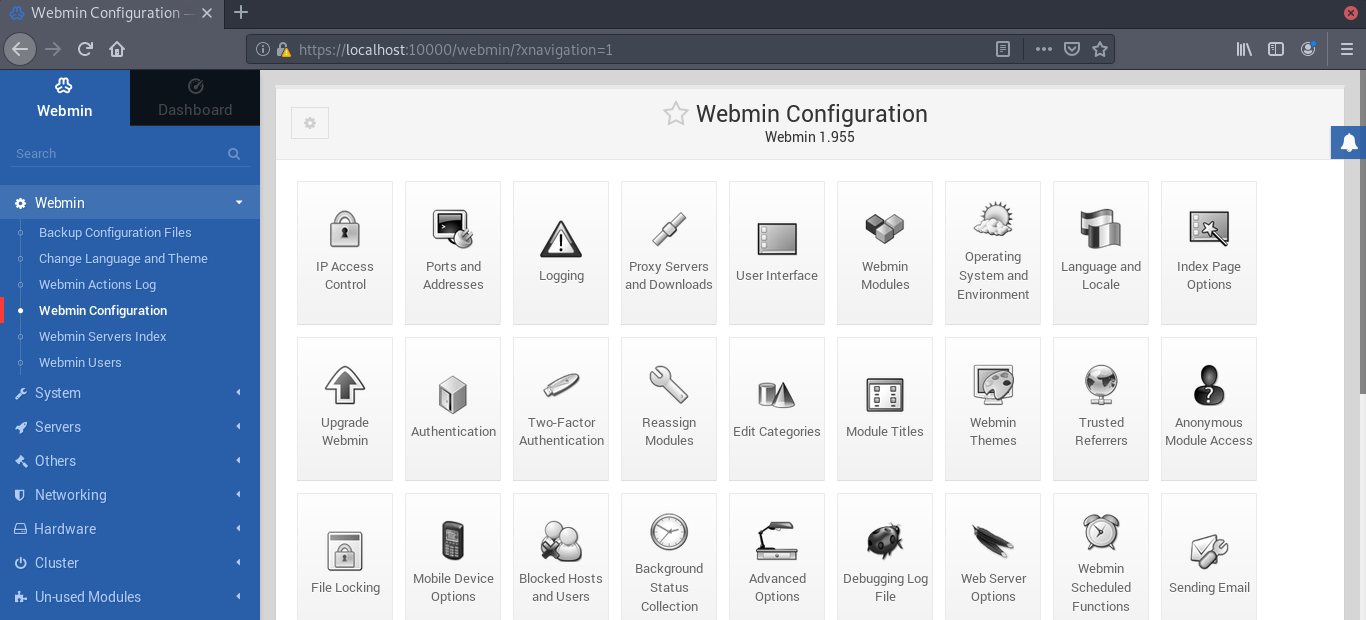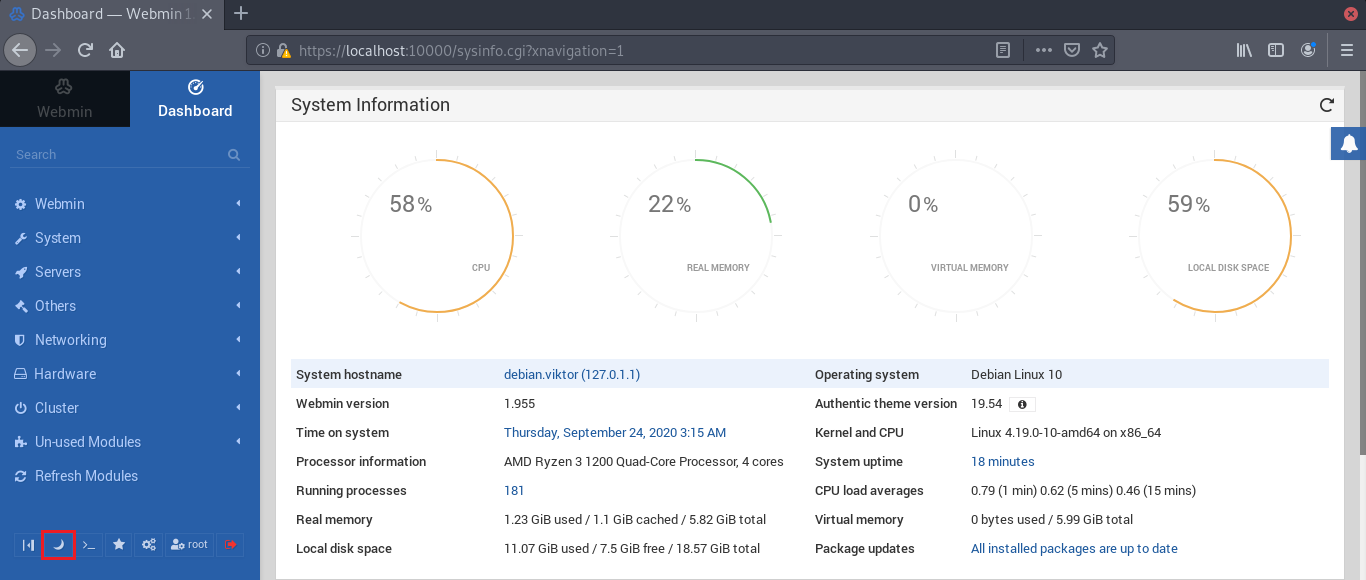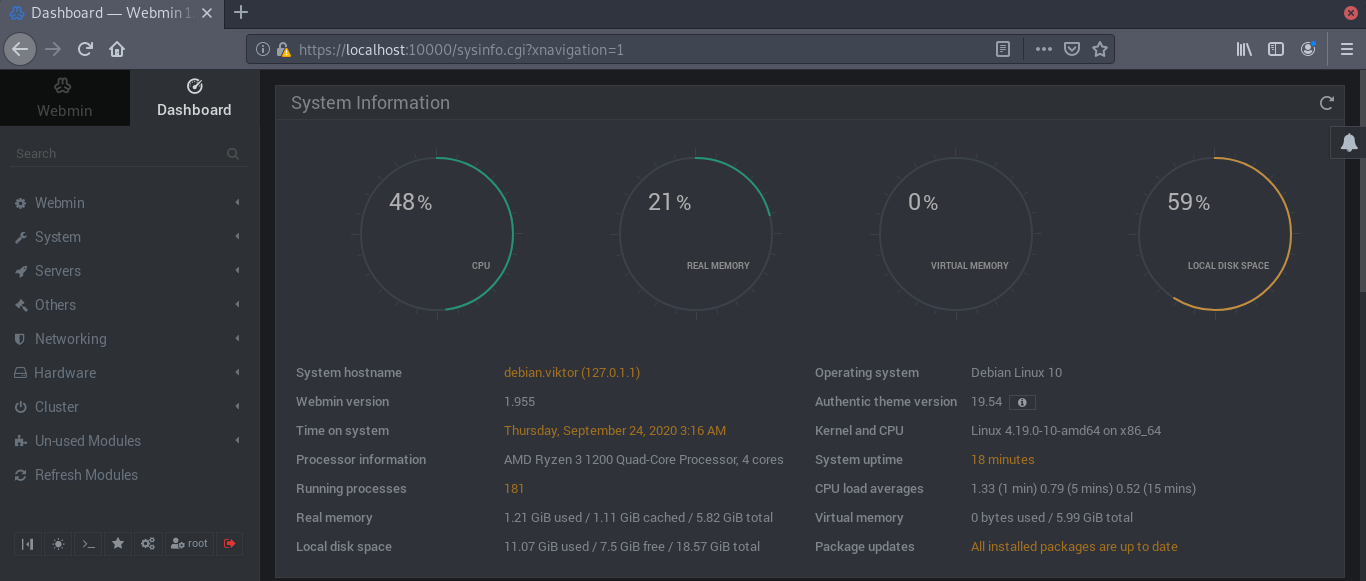In this guide, check out how to install Webmin on Debian.
Prerequisites
Performing any system change on Debian requires that you have access to the root account or a user with sudo privilege. The same goes for installing Webmin.
If your server is running a firewall, then it also has to be configured to allow Webmin traffic. In this guide, I’ll be using UFW as the default one.
Installing Webmin
Assuming you have access to the root account (or any account with sudo privilege), let’s get started installing Webmin.
There are two ways to install Webmin on Debian. The first one involves grabbing the Webmin DEB package and installing it manually. The second method involves configuring the Webmin APT repository. I recommend using the second method as APT will automatically keep Webmin up-to-date.
Webmin DEB package
Once the download is complete, it’s time to install it. For installing any DEB package, using APT is the best idea as it’ll automatically determine and install any necessary dependency.
Webmin APT repo
Webmin offers APT repo for all the Debian and Debian-based distros (Ubuntu, Linux Mint, and others).
First, install the following components.
The next step is to add the Webmin GPG key.
The system is ready to add the Webmin repo.
sarge contrib"
The APT repo is added successfully. Update the APT cache.
Install Webmin from the Webmin repo.
Configuring firewall
By default, Webmin listens to the port 10000 on all network interfaces. Assuming your server is using a firewall, you have to allow traffic on port 10000.
If the server is using UFW, then run the following command to open the port 10000.
If the server is using nftables for filtering connections, then run the following command.
Using Webmin
Webmin is now successfully configured. To access the Webmin dashboard, go to the following URL. Any modern browser will do the job.
Webmin will ask for the login credentials for the server.
This is the dashboard of Webmin. It reports basic information about the server.
Let’s have a quick look at some useful shortcuts. From the left panel, go to System >> Software Package Updates. From here, you can manage package updates.
To install or upgrade packages, go to System >> Software Packages.
To manage the firewall, go to Networking >> Linux Firewall. For IPv6 firewall, go to Networking >> Linux IPv6 Firewall.
To configure Webmin behavior, go to Webmin >> Webmin Configuration.
Want a more comfortable look to the Webmin interface? Turn on the night mode.
To run commands in the console through Webmin, go to Others >> Command Shell.
Final thoughts
Webmin is incredible software for system admins. It offers more convenient access to various parts of the system without having to work using the console. For completely mastering Webmin, there are plenty of tutorials available online. Check out the official Webmin wiki for the most detailed information.
Interested in configuring Webmin on Ubuntu? Check out this guide on how to install and configure Webmin on Ubuntu.
Happy computing!

